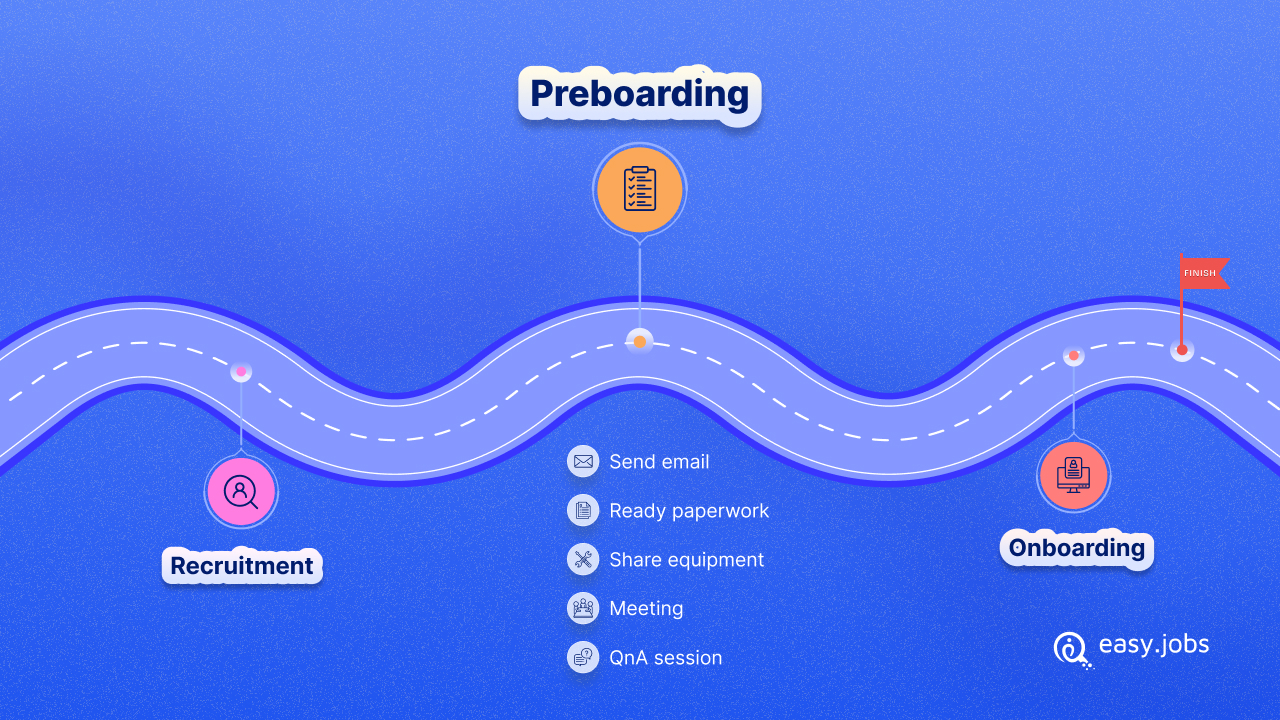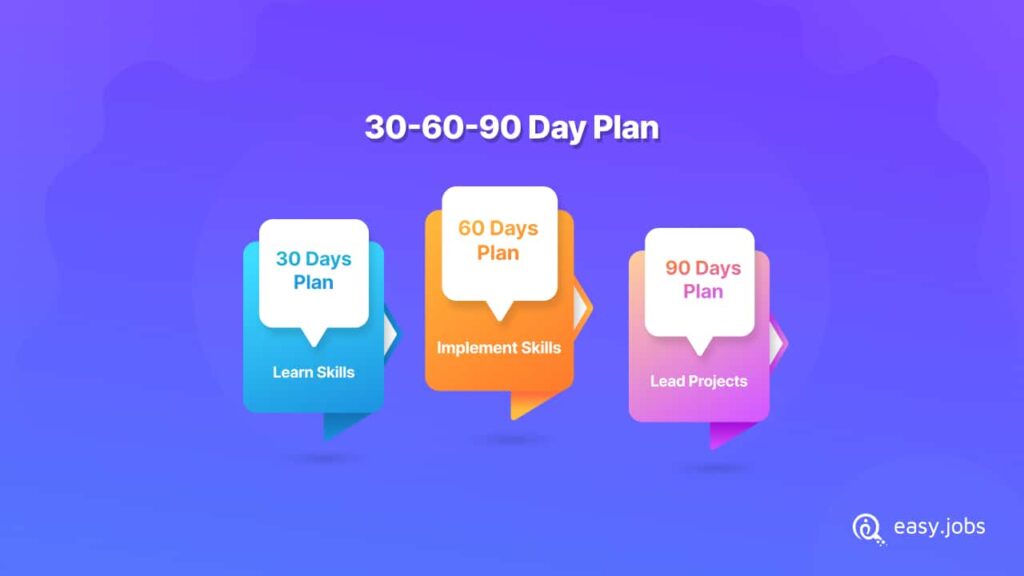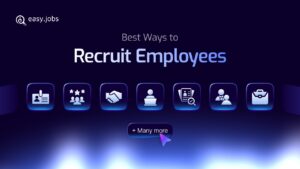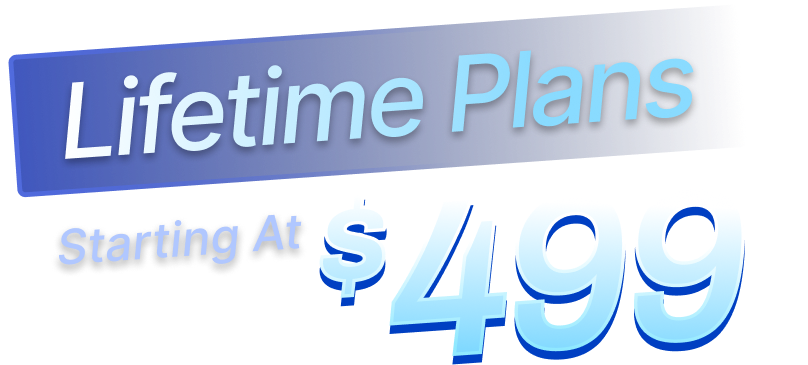Any HR executive knows that finding new hires and onboarding them quickly is a great accomplishment. Still, by incorporating a planned preboarding strategy into the process, it can be made even easier. According to statistics, a thorough preboarding process can boost new hire retention by up to 82%.
If you are ready to start a preboarding procedure for new hires, you are in the right place. Today, we will guide you on why you should implement preboarding processes, what the steps are, and, most importantly, what benefits you will get from it. Let’s dive right in.

To help you understand the current state of affairs and its significance, let us go over the most recent preboarding statistics.
👉 World-class organizations are 53% more likely to offer pre-boarding activities.
👉 64% of recruits have no pre-boarding experience.
👉 Companies that don’t provide a pre-boarding experience will miss out on many benefits and will likely see more recruits leave during the first six months of work.
👉 Successful teams are 53% more likely to preboard new hires.
Preboarding vs Onboarding: Know the Basics
Many times, people think preboarding and onboarding are the same thing. But they are not! There is a marked distinction between the two. Let us take a look at how preboarding and onboarding differ before delving into the must-have preboarding steps.
What Is Preboarding?
The procedure a company implements between a candidate signing an employment contract and their first day on the job is called preboarding. It serves as the orientation for new hires, educating them about the business, its culture and their coworkers. HR manages new hire paperwork during preboarding, including insurance, tax and health and safety declarations.
What Is Onboarding?
The onboarding process of new employees is a structured program designed to integrate new hires into a company. It involves several stages and activities aimed at helping new employees acclimate to their new roles, understand the company culture, and become productive members of the organization. The moment an employee starts his first day in the organization, starts his onboarding process.
Once the preboarding procedure ends, the onboarding process typically starts with the following steps:
1. First-day orientation with welcome, introduction and fillup documents.
2. Provision of necessary equipment (laptop, phone), access credentials (email, software), and workspace setup.
3. Share detailed briefings on job roles, expectations, and performance metrics.
4. Pair with a more experienced employee to help acclimate and provide ongoing support.
5. Schedule meetings with supervisors to address any questions and review progress.
6. Participation in team meetings to understand ongoing projects and team dynamics.
7. Provide opportunities to engage in team-building activities and social interactions to build relationships.
Key Differences Between Onboarding And Preloading
Preloading is about preparing for the new employee’s arrival and ensuring that all logistical and administrative tasks are completed so that the new hire can hit the ground running from day 1. Onboarding, on the other hand, is a broader and longer-term process aimed at fully integrating the new employee into the company and setting them up for success in their role.
🔍 Preboarding happens before the employee’s first official work day at the office. On the other hand, onboarding begins on the first day and continues for weeks or months thereafter, usually ending after a certain probationary period.
🔍 Preboarding focuses on preparatory and logistical tasks to ensure the new hire is ready to start. Onboarding encompasses the entire process of integrating the new employee into the company, including training, cultural assimilation, and ongoing support.
🔍 Preloading includes sending welcome communications, setting up IT and workspace, and completing initial paperwork. Onboarding includes comprehensive orientation, training, mentorship, performance reviews, and team integration activities.
🔍Typically, this process lasts from the first day of employment and can extend up to several months, depending on the complexity of the role and the organization’s specific onboarding program. Preboarding occurs between the acceptance of the job offer and the first day of employment, typically spanning a few days to a few weeks.

Key Benefits of Preboarding Employees
Preboarding, the process of engaging and preparing new hires, offers several significant benefits and advantages for both the employees and the organization. Here are the key benefits:
Benefits from Employees’ Perspective
1. Reduce Anxiety & Increase Confidence
By receiving information about the company, their role, and what to expect, new hires feel more prepared and less anxious about starting their new job. Clear communication and initial engagement help new hires feel more confident and welcomed, making their transition smoother.
2. Ensure a Smooth Transition
Completing necessary paperwork and setting up accounts beforehand allows new employees to focus on their roles from day one rather than administrative tasks. Understanding their responsibilities and the company culture ahead of time helps new hires align their expectations and reduce potential confusion.
3. Increase Engagement in New Culture
Early interaction with the team and company fosters a sense of belonging and engagement, making new hires feel valued before they even start. Feeling part of the organization early on can increase a new hire’s motivation and enthusiasm about their new role.
Benefits from Employers’ Perspective
1. Enhance Organization Productivity
When new hires start with their paperwork and IT setup is already completed, they can begin contributing to their roles immediately, boosting overall productivity. Preboarding allows for a more organized and focused onboarding process, where initial days can be dedicated to role-specific training and integration rather than administrative tasks.
2. Improve Employee Retention
A well-executed preboarding process creates a positive first impression, reducing the likelihood of pre-start dropouts or new hires experiencing second thoughts. Engaging new hires early can increase their loyalty and commitment to the company, which can lead to better retention rates.
3. Streamline Onboarding Process
Preboarding helps streamline the overall onboarding process by frontloading administrative and preparatory tasks. This allows for a more structured and efficient onboarding phase. With administrative tasks out of the way, onboarding can focus more on cultural assimilation and team integration, which are crucial for long-term employee success.
4. Help in Cost Savings
By improving retention and reducing the likelihood of early departures, preboarding can help lower the costs associated with recruiting and training replacements. Efficiently organized preboarding can save time and resources that would otherwise be spent on handling logistical issues during the initial days of employment.
5. Enhance Employer Branding & Reputation
A positive preboarding experience contributes to a strong employer brand, showcasing the company as organized, welcoming, and employee-focused. This can attract top talent in the future. Satisfied new hires are more likely to speak positively about their experience, becoming advocates for the company and enhancing its reputation in the job market.
HR Guide for Successful Preloading: 7 Must-Follow Steps
To give new hires a sense of comfort and confidence regarding their role and the organization, you should create a preboarding process. We analyzed the preboarding steps of the top companies and compiled all the essential steps together.
The following steps can make a big difference when it comes to employee retention when you establish a preboarding process. Let’s check them out.
1. Set the Communication Medium: Welcome Emails
Depending on your organization’s structure and culture, you have to pick the preboarding communication medium. It can be through emails, letters, video calls, etc. The most popular and effective communication medium is email. You can start the conversation with welcome emails.
Since first impressions stick with people, extending a hearty welcome email to new contacts helps foster a favorable impression and boost retention. Another excellent method to disseminate information and acquaint new hires with your company’s culture is through a welcome email.
Best Preloading Practice Examples
What can you send in welcome emails? Here, we are sharing some of the best preboarding practice samples from other places to guide you:
💡Create a warm welcome video by office CXOs and share it through email. Keep a generic tone so that it is usable for all departments.
💡Create an online welcome card template by company owners or CEOs and send it through email. It will give the new employee a feeling of belonging.
💡Craft the email mentioning landing pages and videos that contain perks and benefits, the daily lifestyle of the organization.
2. Setup Mentor or Buddy, Introduce to Team
Failure to provide an early briefing about the team and supervisor that a new hire will be working with is a mistake made by the majority of small and startup organizations. It would help the new hire feel more at ease and less overwhelmed if you could do it before their first day on the job. Before they start, many people find success by shadowing current employees.
Thus, think about identifying a team member who is willing to serve as a mentor to new hires. That’s why the second step of preboarding is introducing him/her to the supervisor, other team members, etc. Setting up a mentor or buddy and mentioning him/her is highly appreciated.
Best Preloading Practice Examples
Let’s check out the most popular ways to execute the preboarding second step in your organization:
💡Mention the mentor, supervisor and team member’s name, image, work mail, and other ways of communication in the email.
💡You can share their social profile handlers as well, this way, the new hire can easily get connected and have a look.
💡Or creating a video is always a better way.
3. Share Pre-Employment Paperwork & Things to Bring on the First Day
In all organizations, it’s mandatory to submit educational transcripts, NOCs, employee experience, national ID, passport and other paperwork. Also, some companies provide NDAs, and other types of papers to sign. It becomes troublesome or lengthy during the onboarding process. So, it is essential to share the paperwork lists and a list of things the office wouldn’t provide, so have to bring them yourself.
Best Preloading Practice Examples
Here are the best preboarding practices you can follow for your organization as well.
💡Create a public online document and share it with the new hire.
💡 You can maintain a section in your internal knowledge base and it with the new hire.
💡 You can provide infographics and images of things that are mandatory to bring in the first day.
4. Disseminate Essential Resources & Job Guidelines
We attempt to be as general and vague as possible when posting a job description in order to attract as many candidates as possible. Additionally, for specialized posts, you typically need to have more knowledge. You can send your new hire a list of necessary resources along with real job responsibilities to help them get ready for the real workforce.
Best Preloading Practice Examples
Check out how you can also implement these best preboarding practices for your company.
💡 You can create a flowchart to brief the actual job responsibilities.
💡 Create a list of tools that the new hire will be using.
💡 Suggest the new hires a set of books that will help them prepare for the new role.
5. Draft First Day Onboarding Agenda
The first day of a new employee is always crucial but precise. To execute the agenda properly in time you can document the whole day’s activity and share it with the new hire. The majority of Planning ahead of time is essential to ensuring a seamless onboarding process for the new hire, as it involves the active participation of several company members. This is key to creating a smooth first day and subsequent onboarding for the new employee.
Best Preloading Practice Examples
Let’s have a look at how you can make this preboarding step more efficient with top examples.
💡Develop a process map for the onboarding of new hires, beginning with the HR components that are universal. Make sure to also carve out time slots for managers and other people involved.
💡 Enumerate every individual engaged in the process of onboarding new employees and their level of participation. Call a meeting to ensure alignment with all parties involved.
💡Ask supervisors and other pertinent parties to select their time slots and contribute to the onboarding process.
6. Assist in Creating a 30-60-90-Day Plan
A 3-month plan, or a 30-60-90-day plan, can assist new hires in adjusting to their new role and workplace. It offers structure and guidance regarding the expectations, procedures, and corporate culture. HR plays a key role in facilitating this 30-60-90 process. As an HR manager, you can offer the crucial assistance needed for a new hire to draft their own plans and present them to the manager. This way, new hires can start making an impact before joining.

Best Preloading Practice Examples
Here are some popular 30-60-90 day plan examples you can follow as preboarding practices.
💡Share pre-used templates of 30-60-90 day plan with the new hire.
💡Tell the new hire to create the plan all by himself/ herself and then provide inputs.
💡As part of the preboarding process, remind managers to share their 30-, 60-, or 90-day plan with new hires and to have it ready in accordance with the preboarding timeline.
7. Collect Recruitment Feedback & Stay in Touch
You can improve your hiring process by gaining new insights into it by asking staff members for their opinions. By expressing their ideas and feeling appreciated, the new hire can establish further rapport and a sense of community. To obtain helpful information, create a brief questionnaire about the candidate’s experience with pertinent questions.
Preboarding serves the primary purpose of keeping new hires enthusiastic and engaged, as we have already covered. Because of this, it is essential that you stay in touch with them during the preboarding stage and be available should a new hire have any questions or concerns.
Best Preloading Practice Examples
Here are some popular examples you can follow as preboarding practices.
💡Draw out a timeline detailing the steps that must be taken in order to complete the preboarding process.
💡During that process, deliberately schedule time for HR or the manager of the new hire to check in with them.
💡Provide easy access to HR and the person who will be their manager for new hires.
![Employee Onboarding Checklist: Ultimate Guide for HR Managers [2024] 1 What is Preboarding](https://easy.jobs/wp-content/uploads/2024/05/image-9.png)
Make Onboarding Smoother with an Effective Preboarding Process
Starting a new job may be quite stressful for most people because it involves adjusting to a new environment, questioning one’s decision, meeting new people, and so on. In fact, research suggests that changing jobs is more stressful than moving or foreclosure on a mortgage or loan!
However, with the correct preboarding strategy, you can make this period of transition a lot easier for your new employees. And, more crucially, you will increase recruits’ engagement, loyalty, and productivity from the start. In the long term, your pre-boarding process may inspire recruits to stay with you longer.
Share what steps you follow for your employee preboarding. Also, to keep getting HR trends and tutorials, subscribe to us.






